Imagine waking up to news that the mighty Mississippi River, a waterway so crucial it’s been called America’s backbone, is no longer following its ancient path. Instead, it’s forging a new route across the heart of the country, rewriting the landscape as we know it. This isn’t a plot from a disaster movie—scientists warn it’s a real possibility, one that could bring dramatic changes to millions of lives. The very idea is both thrilling and terrifying, a reminder of nature’s unyielding power and the delicate balance that holds our modern world together. Are we truly prepared for the Mississippi to break the chains we’ve tried to place on it?
The Mississippi River: America’s Lifeline
The Mississippi River isn’t just a ribbon of water flowing through the United States—it’s a living, breathing force that has shaped the nation’s history, economy, and culture. Stretching over 2,300 miles from Minnesota to the Gulf of Mexico, this river is a crucial artery for transporting goods like grain, coal, and oil. Each year, barges haul more than 500 million tons of cargo, keeping supermarket shelves stocked and factories humming. Beyond commerce, the river nurtures rich farmlands, supports incredible biodiversity, and provides drinking water to more than 18 million people. If the river changed course, it would disrupt far more than just the scenery—it would shake the very foundations of American life.
A River’s Restless Nature
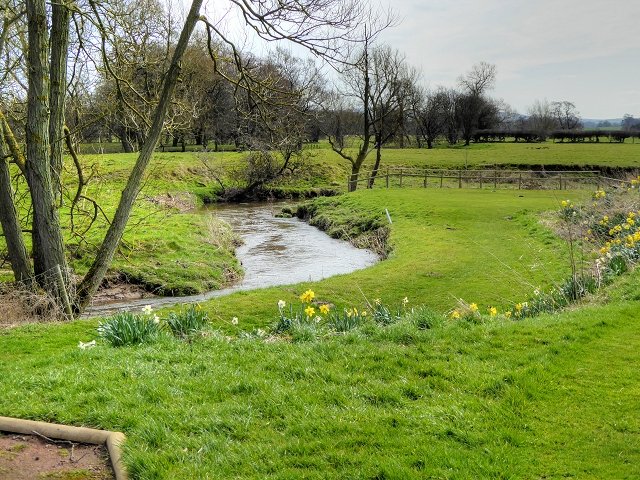
Rivers are not static; they’re restless, always searching for the easiest path to the sea. The Mississippi has a long history of meandering, splitting, and even jumping its banks entirely. Over thousands of years, it has carved new channels, abandoned old ones, and flooded vast plains, leaving behind a patchwork of lakes and bayous. In fact, the current route is relatively young in geological terms—just a few thousand years old. Scientists know that, left unchecked, the Mississippi would likely abandon its present course and surge west into the Atchafalaya River, cutting a much shorter path to the Gulf.
The Atchafalaya Threat
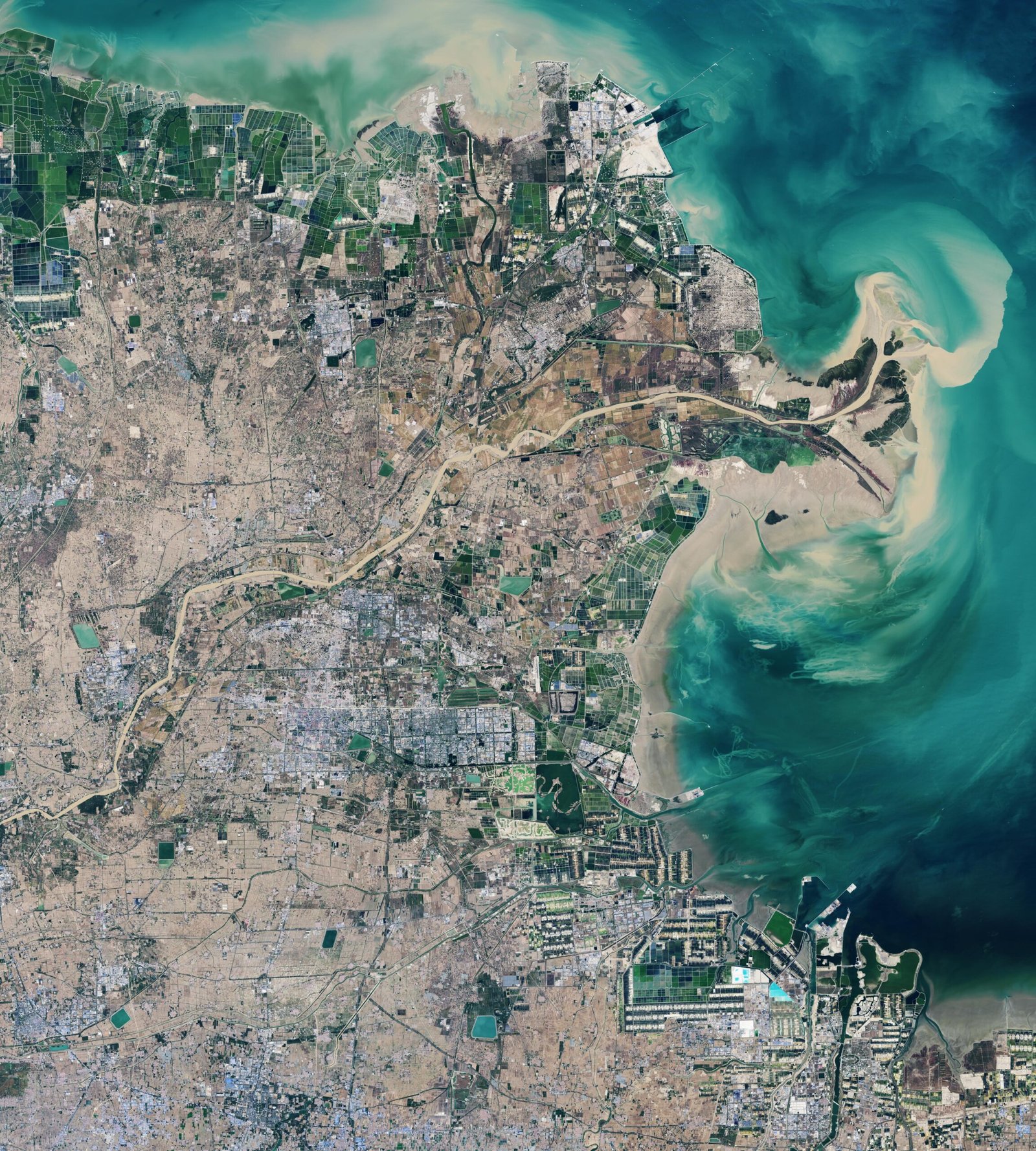
At the heart of this looming drama is the Atchafalaya River, a wide and wild waterway in southern Louisiana. The Atchafalaya offers the Mississippi an irresistible shortcut to the sea, one that’s about 150 miles shorter than its current route past Baton Rouge and New Orleans. For decades, engineers have fought to keep the Mississippi on its present path, fearing that a switch to the Atchafalaya would leave vital cities high and dry. If the river were to break free, the Atchafalaya would instantly become the new main channel, and the lower Mississippi could shrivel into a shadow of its former self.
The Old River Control Structure: Holding Back the Flood
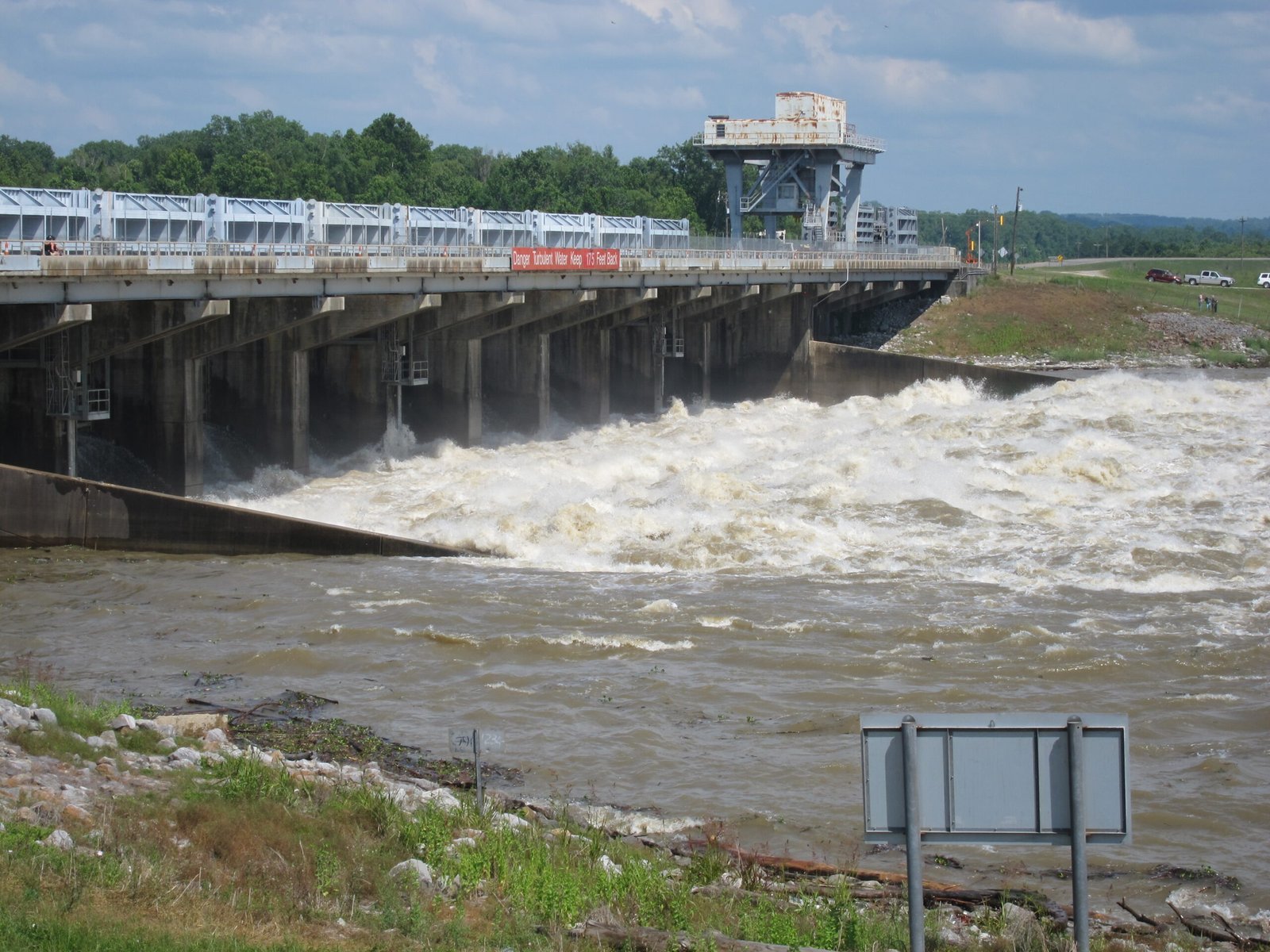
Standing guard over this fragile balance is the Old River Control Structure, a complex system of gates, dams, and levees built by the U.S. Army Corps of Engineers in the 1960s. Its mission is simple yet Herculean: prevent the Mississippi from abandoning its current course. By carefully rationing how much water flows toward the Atchafalaya, the structure has held disaster at bay for more than sixty years. But the river’s power is relentless. Every flood season brings fresh worries that the control system could fail, unleashing a torrent that engineers might be powerless to stop.
Why the River Might Change Course Soon
Recent years have seen a worrying escalation in extreme weather events, driven by climate change. Record-breaking floods, heavier rains, and rising sea levels all put extra stress on the levees and control systems. Scientists warn that with each passing decade, the likelihood of a major failure grows. Erosion, sediment buildup, and aging infrastructure are constant threats, while the river’s sheer volume and force mean that a breach could happen suddenly and without warning. The Mississippi, after all, moves with a power that can overwhelm even our best defenses.
The Human Cost: Cities and Communities at Risk
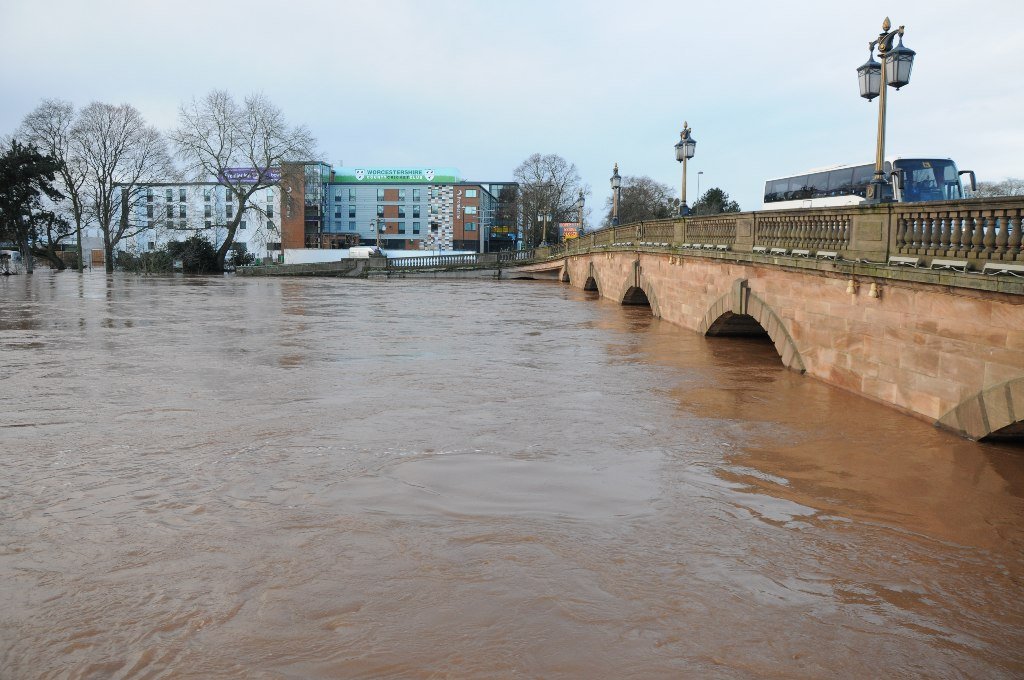
A sudden shift in the river’s course would have devastating consequences for communities from Baton Rouge to New Orleans. Cities that once thrived on river commerce could find themselves stranded far from the water, while others might be swallowed by new floods. Drinking water supplies, sewage systems, and power plants all depend on the river following its expected path. Tens of thousands of people could be displaced, their homes and livelihoods swept away by the new flow. The emotional toll would echo for generations, as families grapple with loss and uncertainty.
The Economic Earthquake
The Mississippi is the backbone of America’s transportation grid. If it jumped to the Atchafalaya, ports like New Orleans could become obsolete overnight. Ships and barges would need to find new routes, costing billions in lost trade and infrastructure. Farms along the old riverbed would dry up, while those along the new course might drown under unmanageable floods. The ripple effects would touch every corner of the country, from grocery prices to global exports. Insurance claims, emergency relief, and rebuilding efforts would strain both state and federal budgets to the breaking point.
Environmental Shockwaves
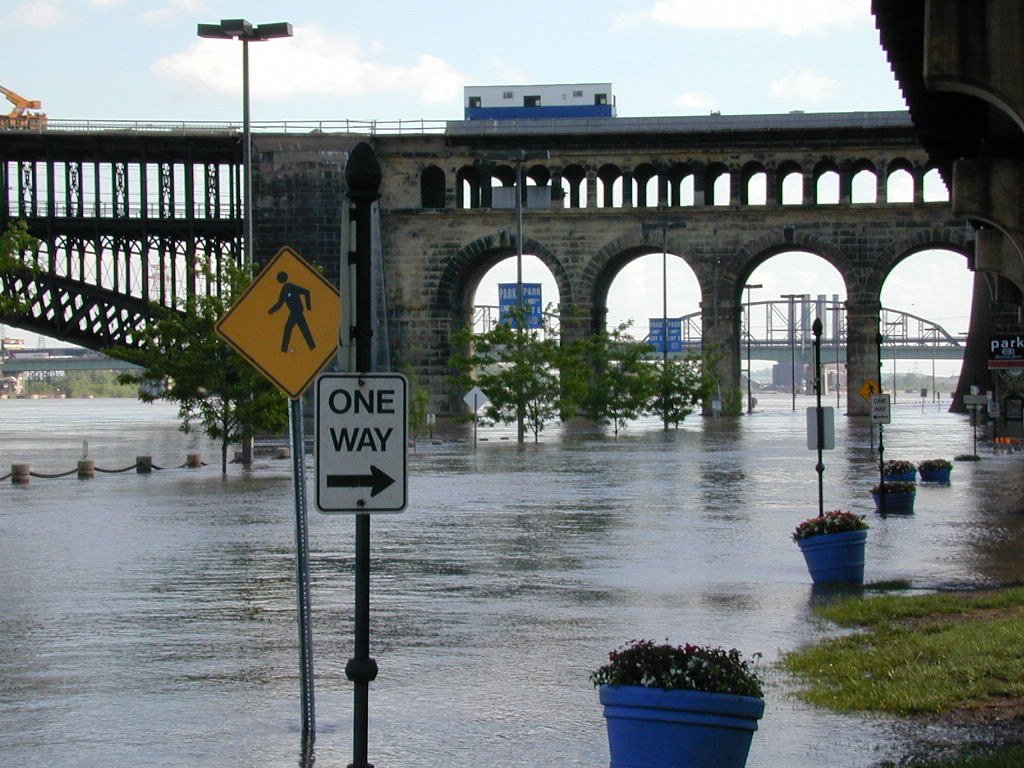
The ecological impacts would be profound and unpredictable. The Mississippi’s current delta supports lush wetlands, teeming wildlife, and some of the world’s best fisheries. A course change could starve these habitats of fresh water, turning them into salty wastelands. Meanwhile, the Atchafalaya Basin could be overwhelmed, drowning forests and farmland under relentless floods. Species that rely on seasonal floods might vanish, while invasive ones could take over. The entire Gulf of Mexico could feel the effects, as changes in sediment and nutrient flows alter fisheries and water quality.
Engineering Against Nature
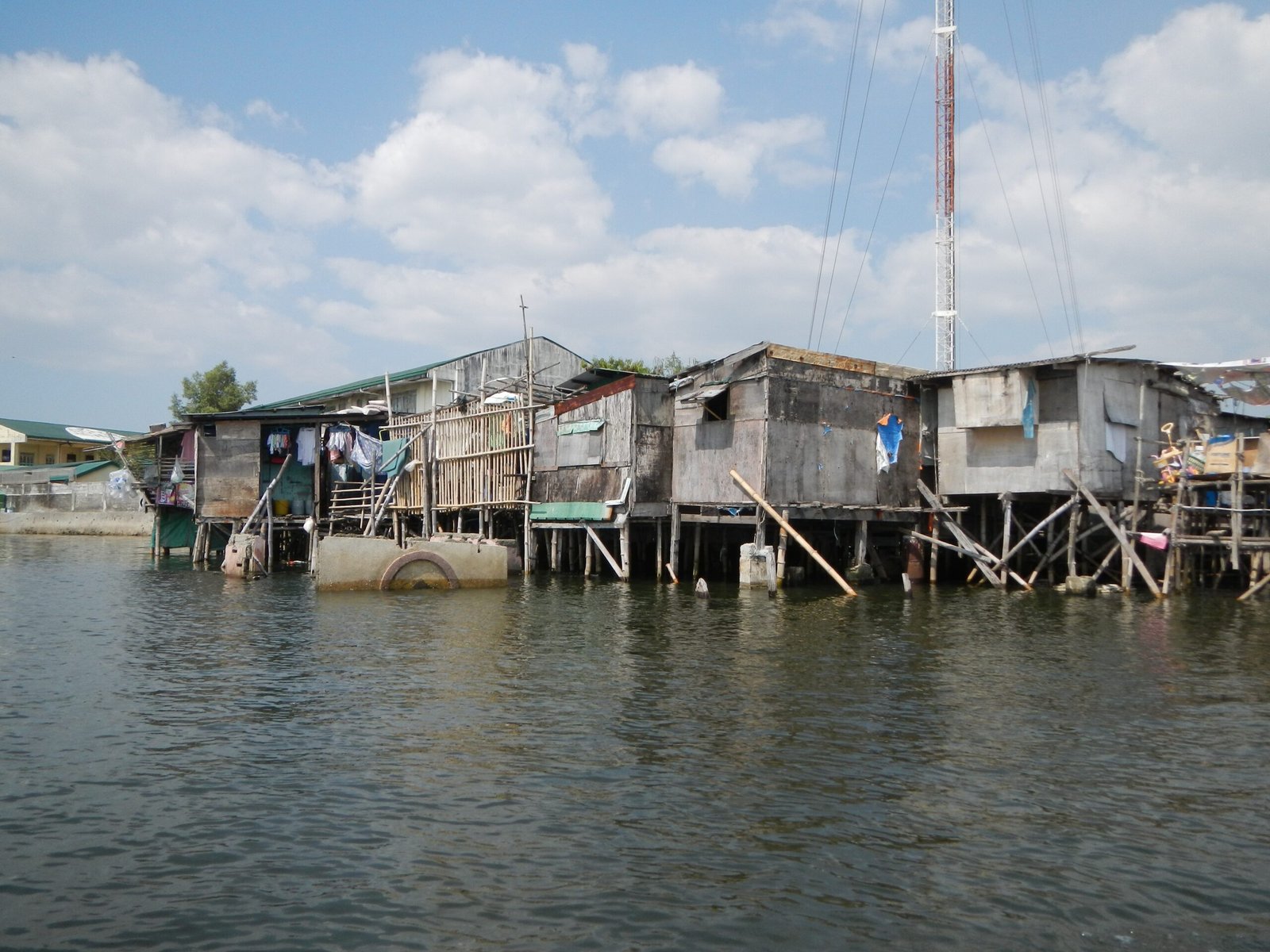
For decades, America’s approach to the Mississippi has been to fight, dam, and channel the river into submission. Levees stretch for thousands of miles, holding back floods that once roamed free. Yet nature always finds a way. Every time we strengthen one barrier, the river finds another weak spot. Some engineers argue it’s time to rethink our strategy—perhaps working with the river, not against it, to create more resilient landscapes. Adapting to the river’s power, rather than trying to cage it, could be the only way to coexist in the long run.
Learning from History’s Lessons
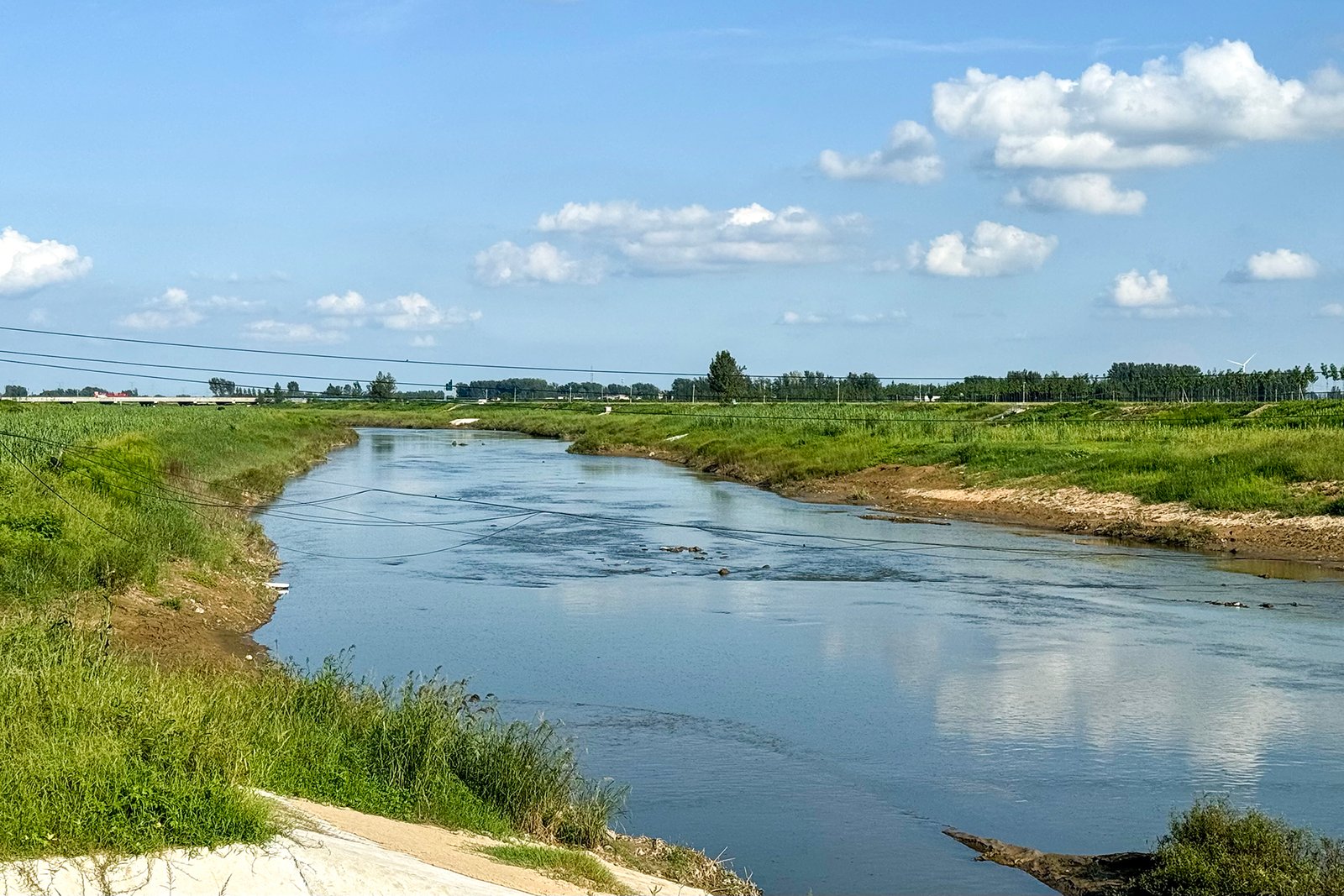
History is filled with examples of rivers that have changed course, often with catastrophic results. The Yellow River in China, called “China’s Sorrow,” has shifted its path dozens of times, causing massive floods and famine. Even the Mississippi itself has switched routes in the past, leaving ghost towns and abandoned ports in its wake. Each time, human societies were forced to adapt—or perish. Today, we have more knowledge and technology than ever before, but the challenge remains the same: how to live alongside a force of nature that refuses to be tamed.
What’s at Stake for America’s Future?
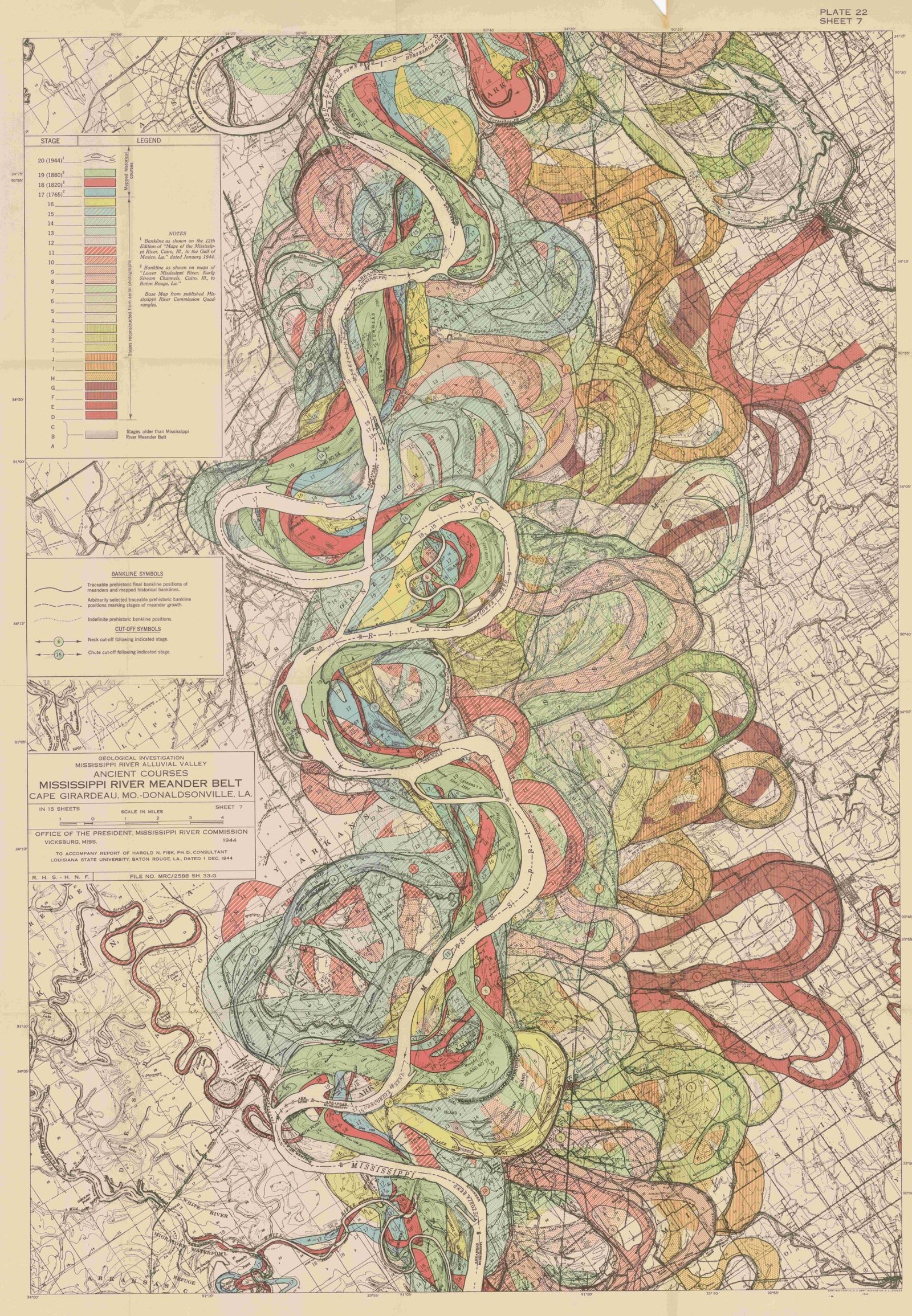
At its heart, the story of the Mississippi River is about the fragile balance between human ambition and nature’s unpredictability. If the river changes course, it would not just reshape maps—it would test our resilience, our ingenuity, and our willingness to adapt. The outcome would affect not only those living along its banks, but the entire nation. As climate change accelerates and infrastructure ages, the question grows ever more urgent: Are we ready for the day when the Mississippi decides to chart a new destiny for America?



